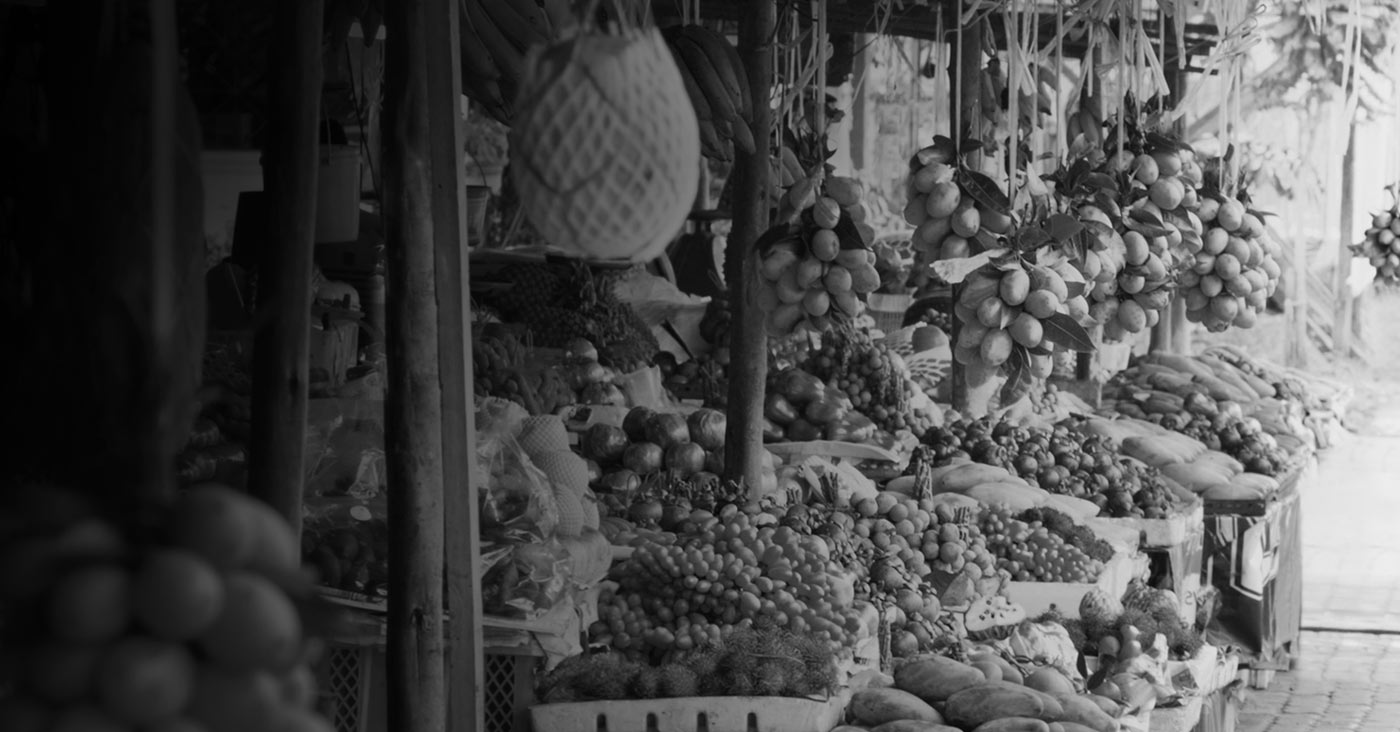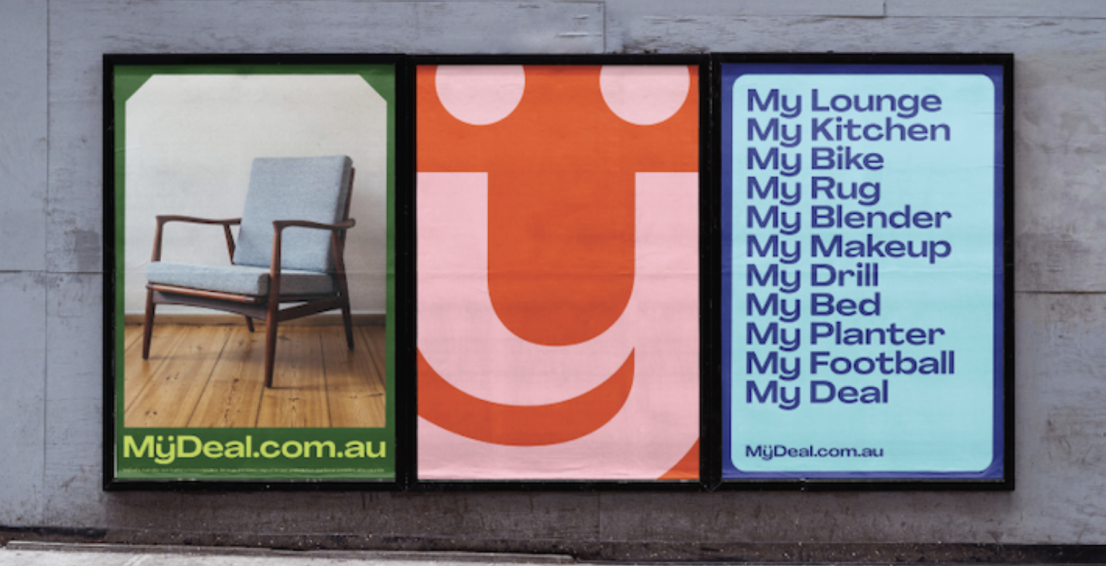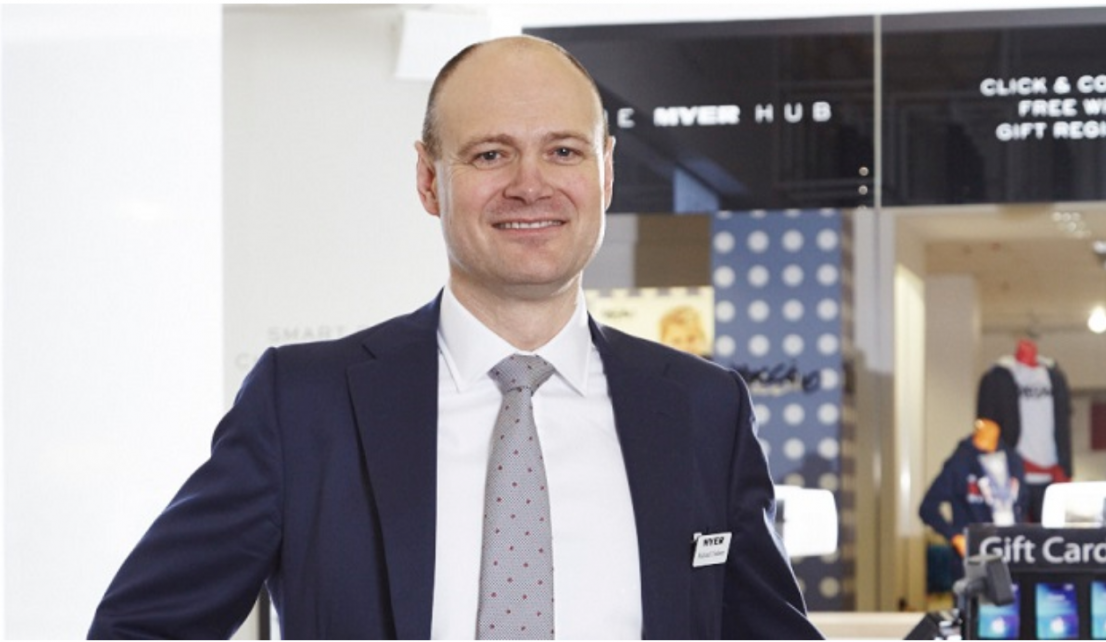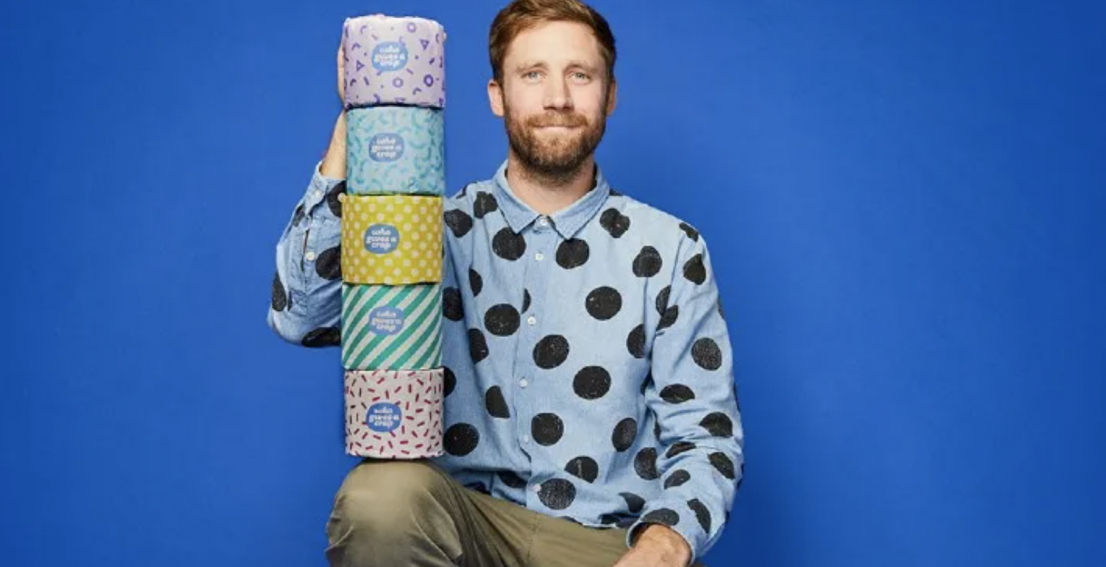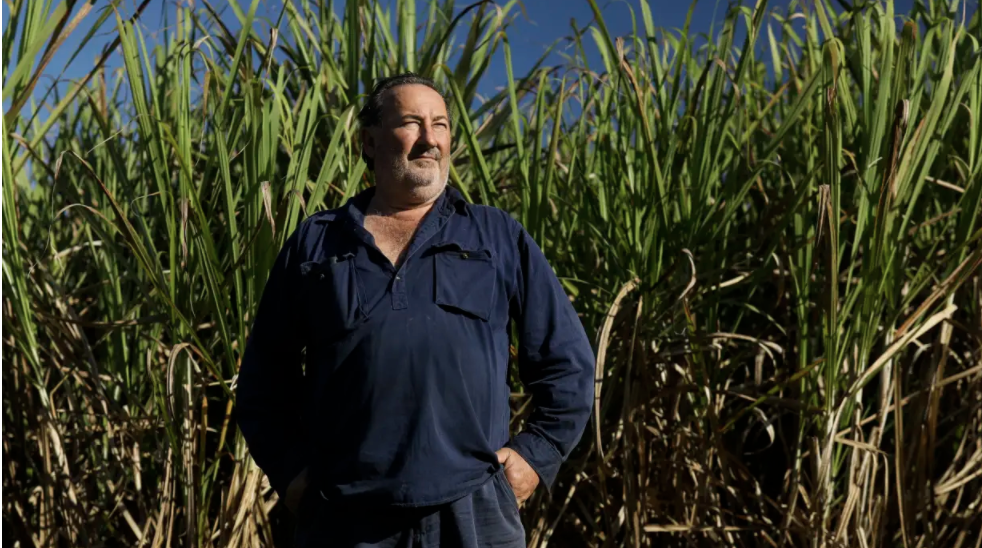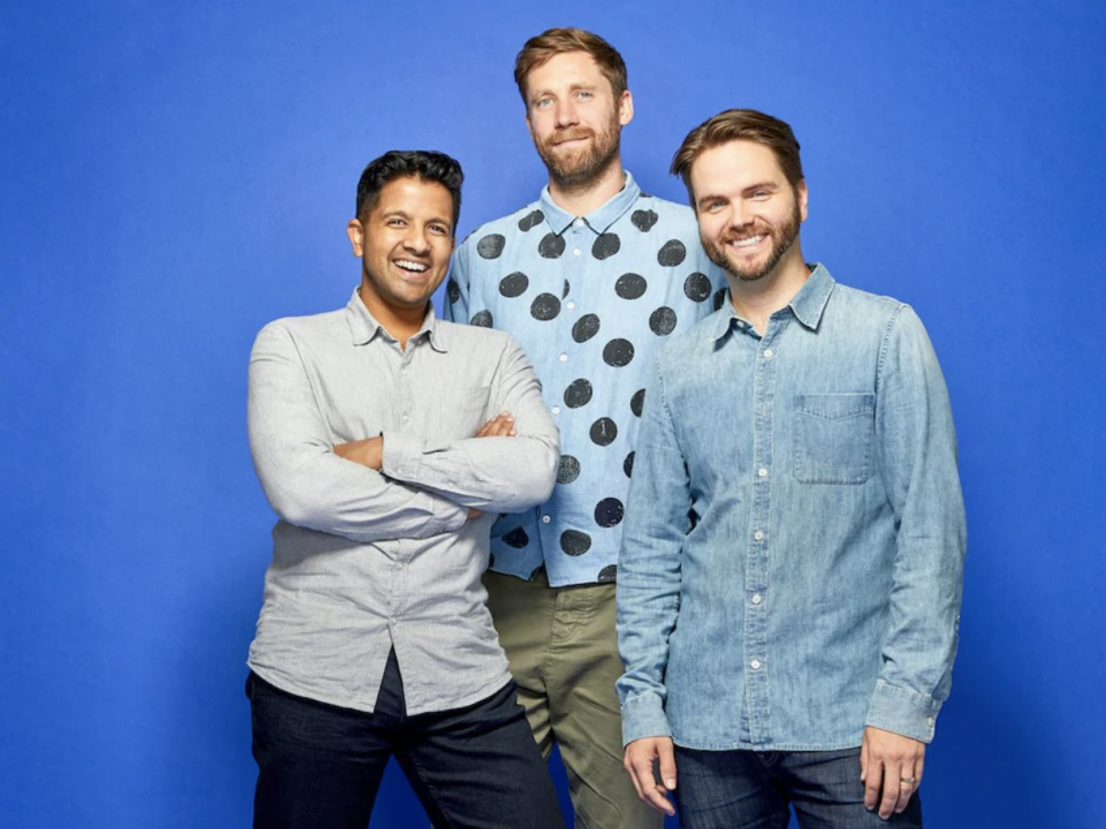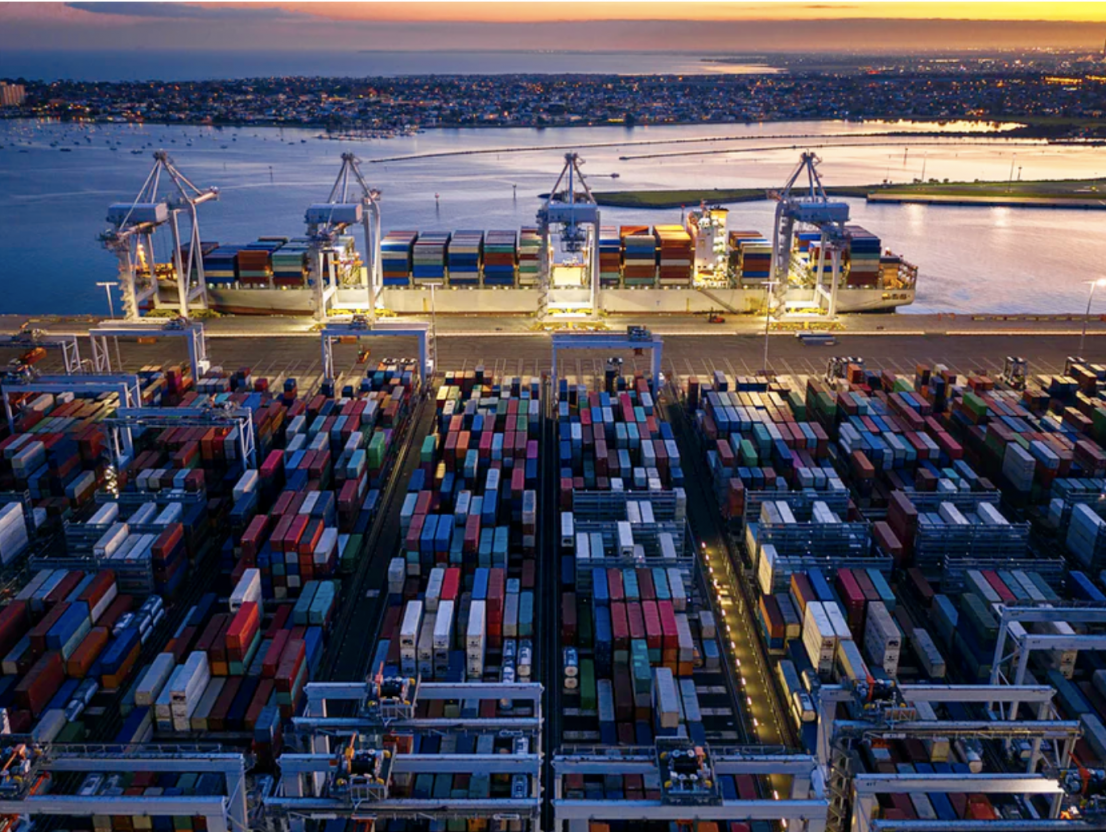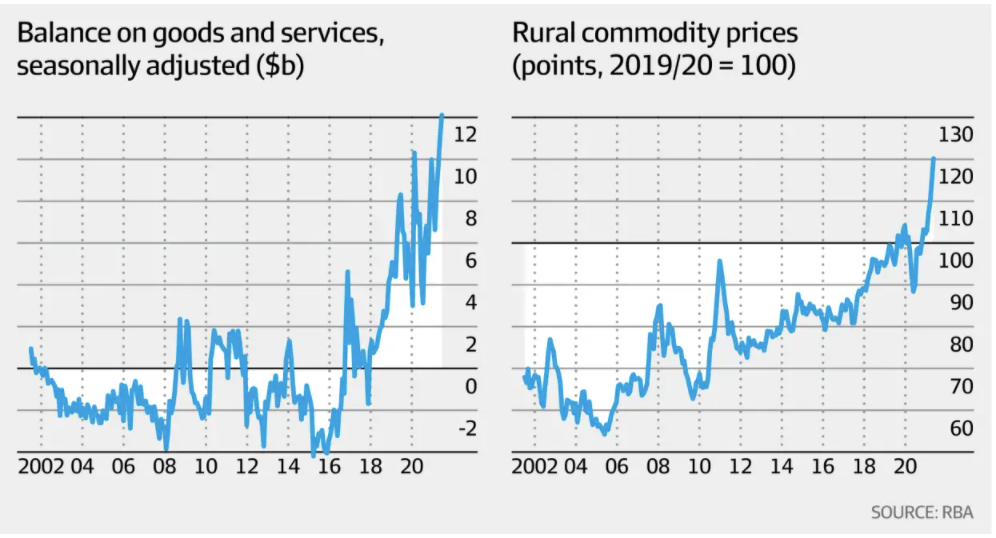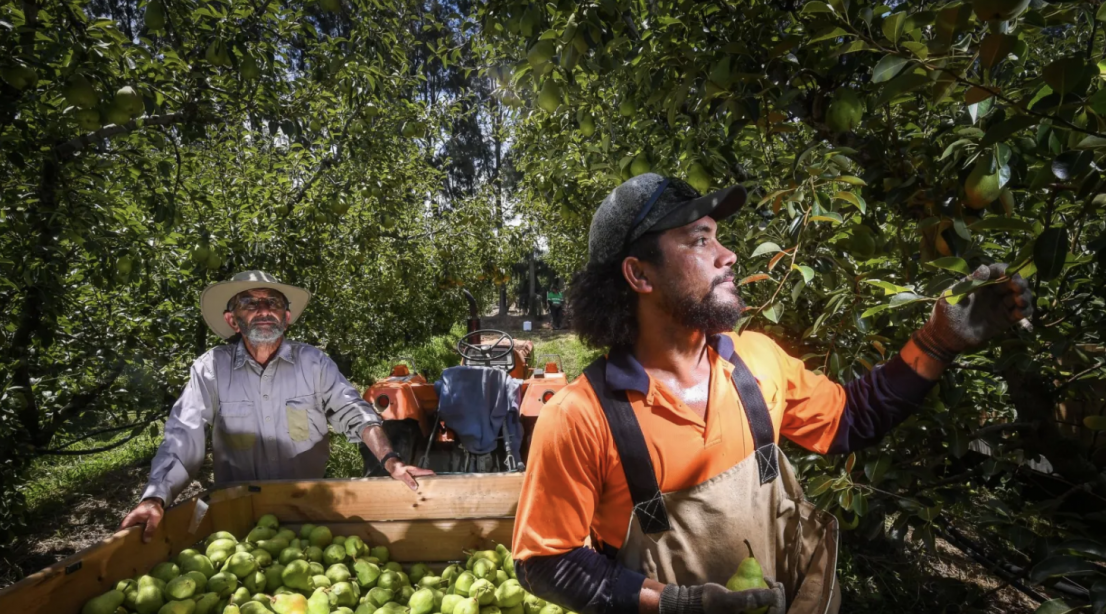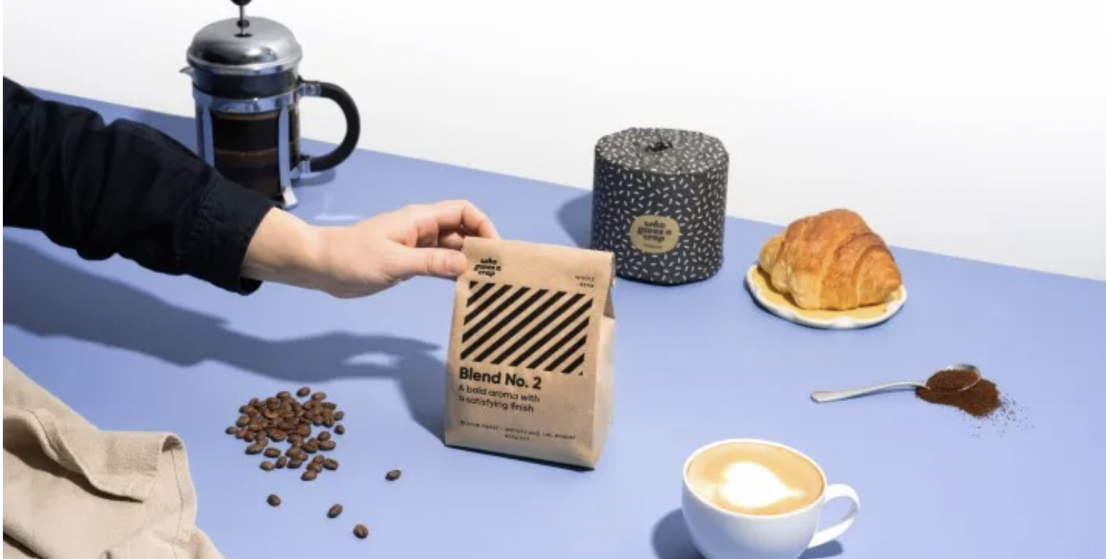
When ethical toilet paper company Who Gives a Crap first floated the idea of launching its very own coffee brand, “Brew Gives a Crap”, it wasn’t seriously considering the idea, it was purely as an April Fools’ Day joke on social media. But there was an unexpected response.
“Half of our customers thought it was a funny April Fools’ joke, and the other half was saying, ‘Oh my god, this is amazing, I can’t wait to try it.’ So we thought maybe there’s actually something in this,” Who Gives a Crap co-founder and CEO Simon Griffiths told Inside Retail.
A few years down the track, the brand has followed through with the launch of a coffee product this week. Who’s laughing now? The aptly titled Blend No. 2 was introduced after much research into the effects of coffee on the human body.
“After a lot of research, we realised coffee was a product that made some people need to go to the bathroom more. We’re always looking for ways to grow a business and to help stimulate demand,” Griffiths said with a smile.
The B Corp donates 50 per cent of its profits to water and sanitation charities around the world and to date has donated over $10 million. But in order to reach the billions of people who still lack basic sanitation services, the company says they’re “going to need to sell a lot more toilet paper”.
“The main thing is that we’re always trying to think about how to accelerate that impact mission. We’re really excited to put this out into the world,” Griffiths said.
In line with Who Gives a Crap’s core values of operating ethically and sustainably, the organic coffee blend is Fairtrade certified, has carbon neutral shipping and comes in a 500g compostable bag, accompanied by a roll of premium bamboo toilet paper, of course.
“We haven’t seen a bag like this in the market before. Coffee bags typically have a plastic liner in them which cannot break down; this one is fully compostable. It’s a very cool piece of innovation that we’re hoping will become more and more popular with coffee brands in the future,” Griffiths said.
The coffee has been sourced from four different regions and is available as whole bean or ground. Griffiths said it is important for the business that the coffee is Fairtrade certified.
“Our business exists to make people’s lives better. We take both social compliance and environmental compliance very seriously,” he said.
The team of coffee drinkers in the business also took the taste very seriously.
“Many of us are based in Melbourne, so we do take coffee very seriously. This has been through some incredibly rigorous taste testing to make sure we’re putting something out into the world that we’re really proud of and we know our customers will enjoy as well.”
High demand for limited edition products
While the product is intended as a limited edition, for online purchase only, Griffiths hasn’t ruled out the possibility of making it a permanent feature in the product portfolio.
“We expect it will probably sell out. If it’s something that our customers love, we’ll consider turning it into an ongoing product range,” he said.
Limited editions are an important part of Who Gives a Crap’s product strategy. It collaborates with artists and illustrations on limited edition wrappers which it releases throughout the year and are hugely popular with its loyal consumer base.
“They’re really amazing moments for us, particularly for customers who’ve been with us for a while to experience something different. They love our product and some customers buy every single limited edition wrapper that we produce which is amazing,” he said.
“We thought this was an interesting twist to try it with a different product and see how that’s received by our customers.”
The brand has had a bit of a cult following since it launched in 2010.
“There weren’t many brands that were tightly aligned to the ethics and values of our customers [at the time], and so I think what we were doing really spoke to a lot of people in a powerful way,” Griffiths said.
“The fact that we follow through on our promises, and when you get in touch, there’s a real human at the other end of your email; by doing all of those things we’ve created a community around our product which is pretty amazing.”

